The 'skeleton version' of my ongoing project, "Cool 1980's Giant Anime Spaceship", used to test the features and tweak the flying characteristics.
The current posted version of the spaceship" unfortunately
squandered some of the flying qualities of the testbed and lost the automatic descent control. So I am not completely satisfied with that one and will post a new version before too long. In the meantime here is a fine flyable version, not so spiffy looking but perfect to take on a spin and practice your VTOL hovering skills.
Of course, you can also build your own ultimate flying machine using the features of the skeleton as a starting point. You can also take it apart, study the features you like and then use the tricks you learned in your own crafts. You can even copy the parts wholesale into your next build or just blatantly use the skeleton as is and build your own cool starship around it. Just give me some credits and shout out to me when posting it. My currency is the pride in getting recognized for a job well done.
Features to study:
- The descent indicator: The lights on the back of the Phoenix are a visual aid for having the rate of climb/descent. It uses 'rate(Altitude)' as an indicator of and how much the Craft's altitude has changed (It uses the 'input' field in the XML editor to activate the light when 'rate(Altitude)' is greater of smaller than a given value) For practical flying, keep the bottom row from displaying the outer red lights to avoid a hard landing
- The front lift engine is coupled to the VTOL slider to fire up when the slider tilts the back engines downward. (As the slider rotates the back engines, it is coupled to 'sin(clamp(VTOL,0,1) x 120)' 120 being the deflection in degrees the engines can rotate.
- The bottom back engines have differential power input linked to Roll in hover mode to enable 'rolling' in VTOL
- front and bottom engines again have a descent controller firing up the engine an additional 20 percent when
'rate(Altitude)' surpasses an experimental determined safe value of '5' (or 'clamp(0.2 x rate(Altitude)-1,0,1)' triggers for being >0).
The descent controller is activated by Activate7
- Activate6 controls an auxiliary car engine coupled to the back wheels to enable rolling in and out of hangars. An inverselerp(max,0, speed) function kills the power when a safe rolling speed is surpassed.
Buttons and sliders
- I used my favorite layout of VTOL slider down = flaps, VTOL slider up = air brake/STOL/VTOL. In this case VTOL up rotates the bottom engines downwards and also triggers the front lift engine
- VTOL 100% * up does not point the engines completely downwards but actually points them back 30%. (Engines completely down is at 75% up) This is done to use the VTOL slider as a forward/backwards command in hover mode and as an air brake in STOL landings.
-Activate6* engages the car engine for taxying. When enabled, use the trim slider for going fore/backwards, Yaw (left joystick left/right) to steer and Brake (left joystick down) to..... Brake
Activate7 engages the vertical speed limiter. Use in hover mode to keep the rate of descent within safe limits. For landing in VTOL mode, engage limiter, lower Throttle to 50% and let craft land on its own. use Pitch/Roll/Yaw commands along VTOL slider to steer during descent
Activate8 engages gyroscope in STOL/VTOL mode. It is not strictly necessary and once you got the hang of the craft, you can do without it for 99% of your flying. (It switches off for non-VTOL, non-STOL straightforward flying by default) It is 'on' automatically on startup so you will actively have to disable it.
Flying the Phoenix:
- conventional takeoff: VTOL down to deploy canards, Full power, start pulling up at 300-350 mph.
Conventional landing: Approach runway with 35-40% power. Pull VTOL slider down all the way to engage flaps and canards. Just before runway kill engine. Keep nose up as plane floats down. Once on runway brake full power. With a landing speed of 250-300 mph, this can be tricky and I recommend this only for the long runways of Wright and Avalanche airports. Still, it's a nice skill to master.
"STOL takeoff:* Push VTOL slider halfway up to rotate engines 60° down.. apply full power and plane will rise after 200 ft or runway. Use Pitch to keep plane level. At sufficient height, retract landing gear and slowly move VTOL slider back to neutral. Using the gyroscope (Activate8) is optional. I found the plane to react better with the gyro disabled.
STOL landing: approach runway with VTOL slider halfway up/engines 60° down and 50% power. Just before runway, decrease power to 25-35% and push VTOL all forward. Slowly kill engine and brake as needed. Again Activate8/gyroscope is on by default but really doesn't do anything unless you really mess up.
Vertical takeoff: push VTOL slider about 3/4 up until engines point straight down. (Check visually) Slowly increase power. Airplane will rise at about 65-70% power. Use Pitch and Trim to keep craft level until about 500ft, then slowly move VTOL back to normal. Again, if you have some experience, Activate8/Gyro" can be disabled
Vertical landing: Engage automatic descent control (Activate7), Gyro (Activate8) optional but recommended. Approach runway with VTOL 1/2 up and 50% power. Use aerodynamic controls to end up 300 ft above and 45° ahead of target. Push VTOL slider all way up to brake. Descent control will lower plane by itself. Play with VTOL for forward/ backward motion, Pitch, Yaw and Roll to line it with landing pad. Kill throttle after touchdown.
Happy landings
Specifications
General Characteristics
- Predecessor 6 Star Phoenix proof of concept
- Created On Android
- Wingspan 63.5ft (19.3m)
- Length 74.7ft (22.8m)
- Height 30.0ft (9.1m)
- Empty Weight 48,957lbs (22,206kg)
- Loaded Weight 146,161lbs (66,297kg)
Performance
- Power/Weight Ratio 2.536
- Wing Loading 95.2lbs/ft2 (464.6kg/m2)
- Wing Area 1,535.9ft2 (142.7m2)
- Drag Points 20671
Parts
- Number of Parts 77
- Control Surfaces 8
- Performance Cost 509

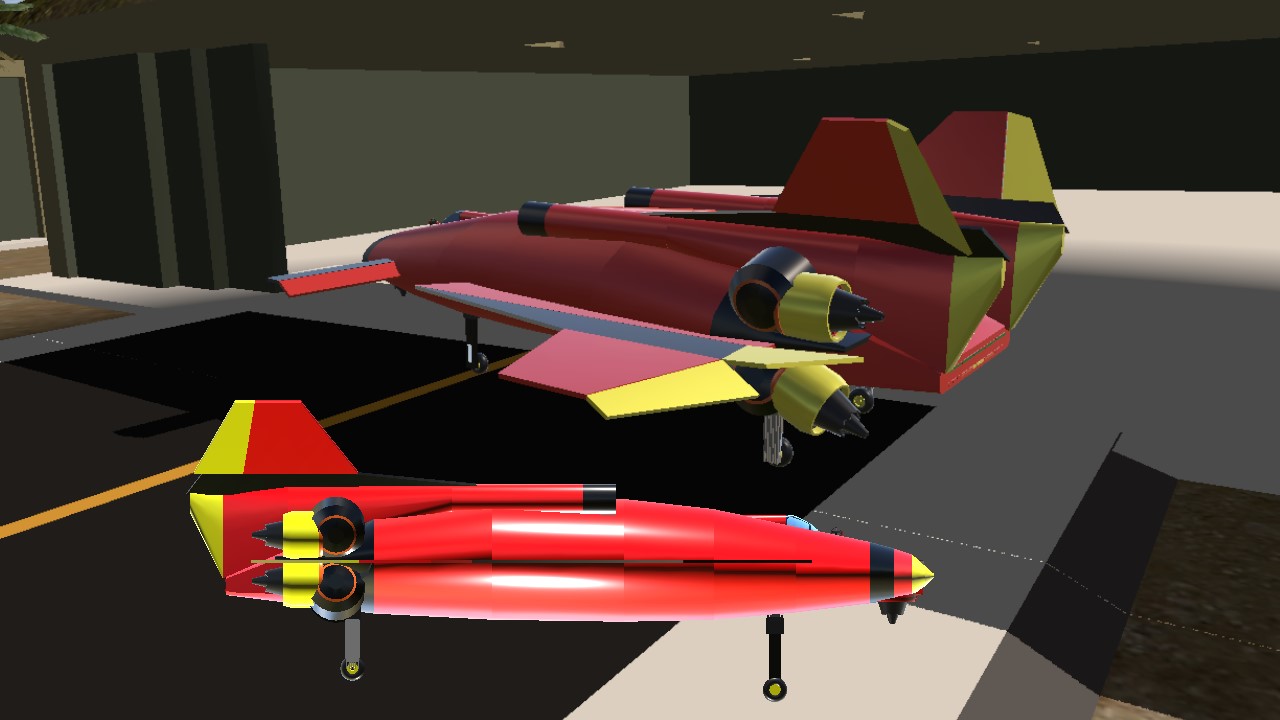
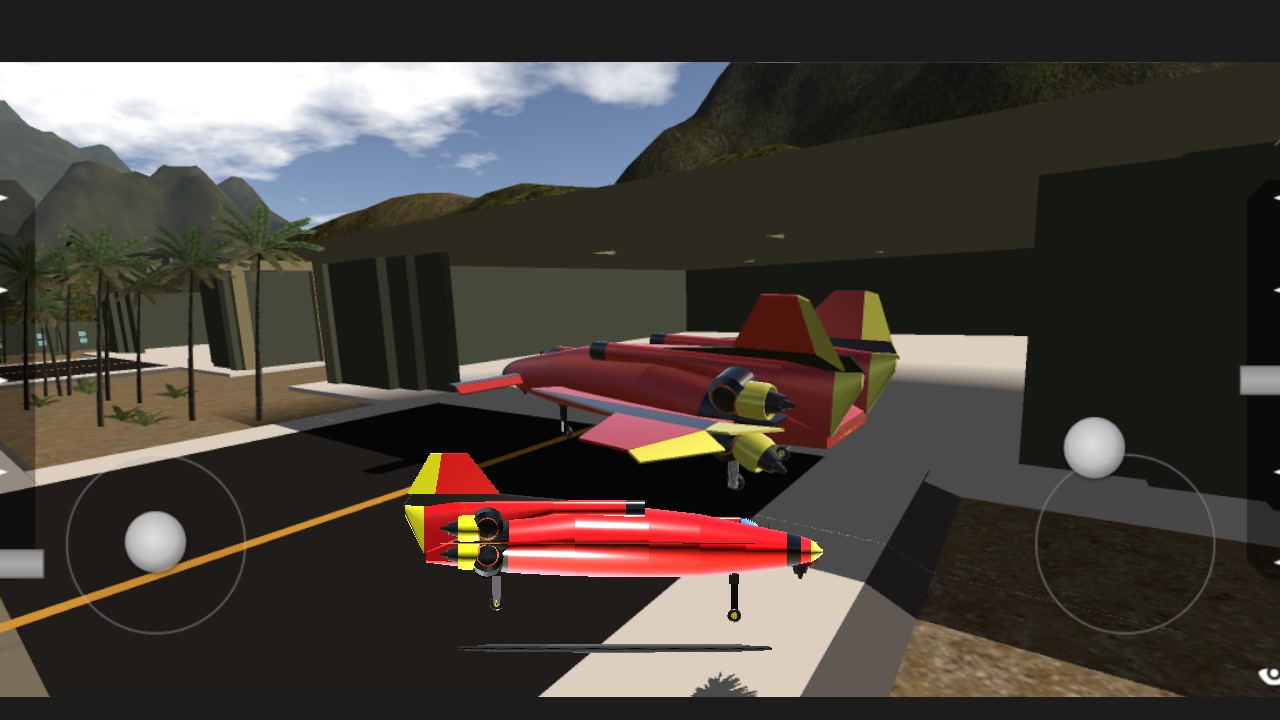
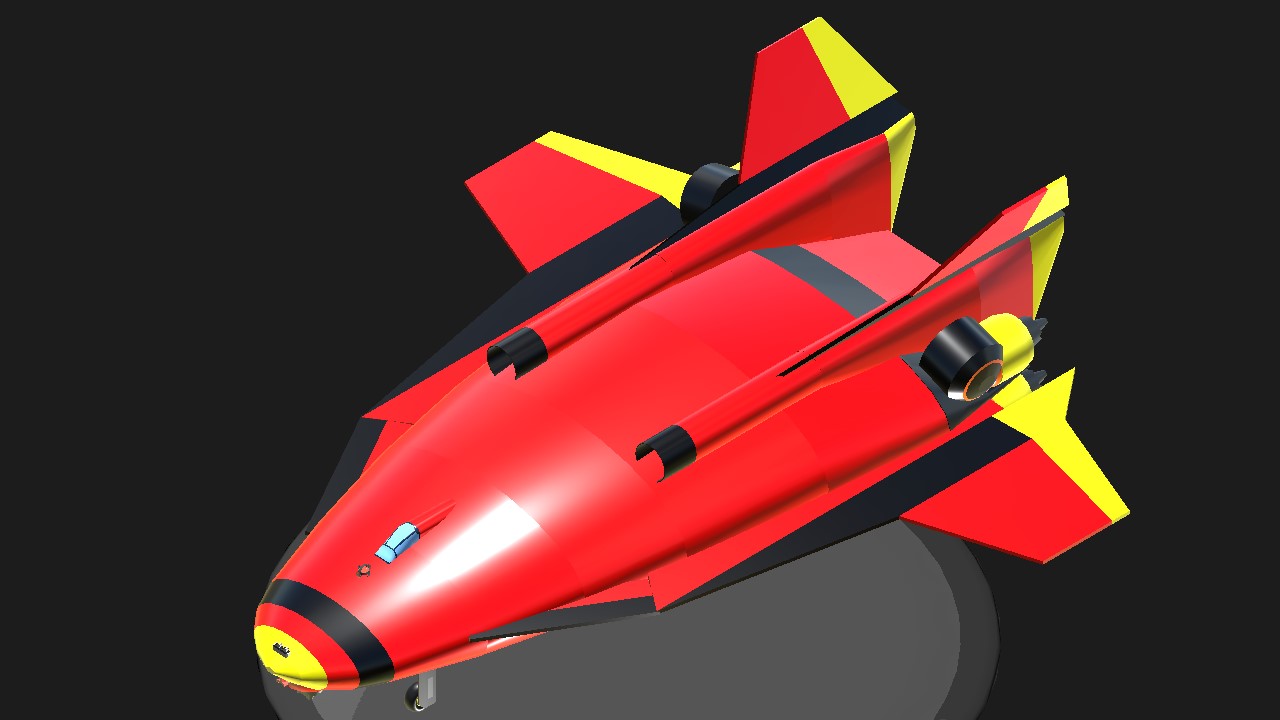

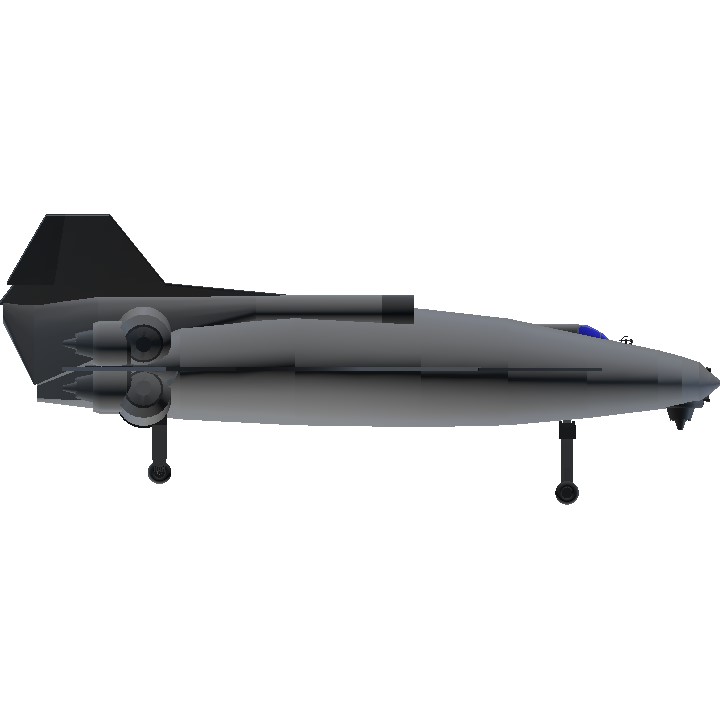
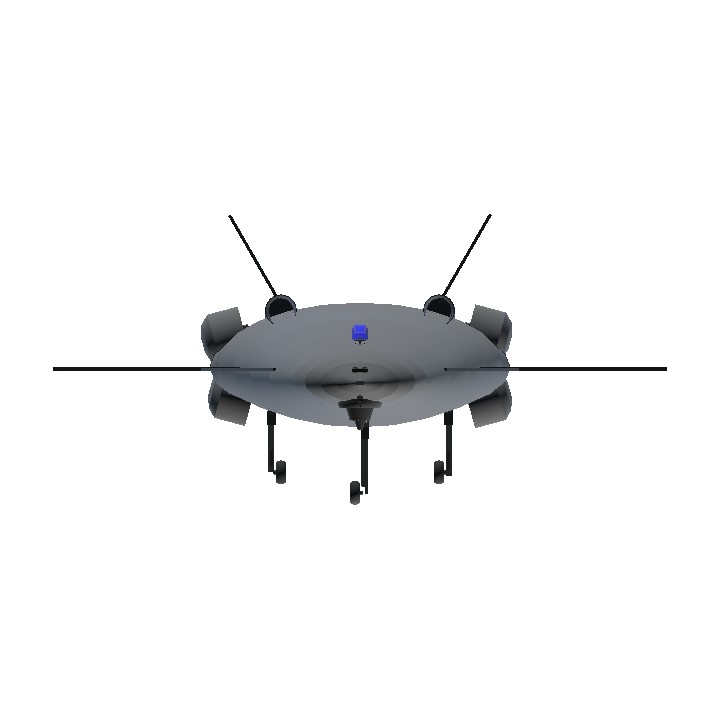
@Rob119 @DeeganWithABazooka : New version with improved handling in hover mode.